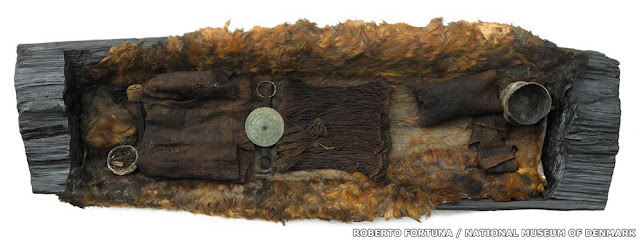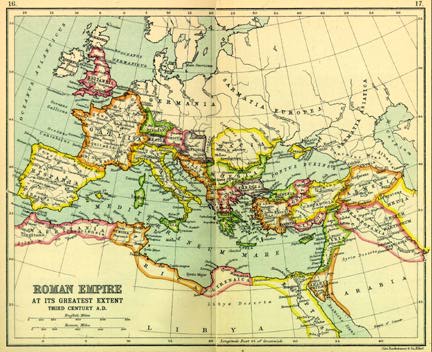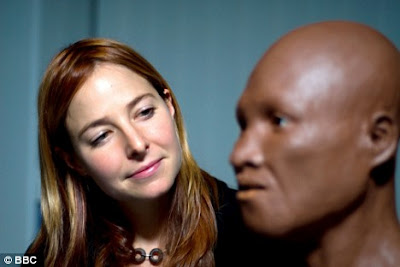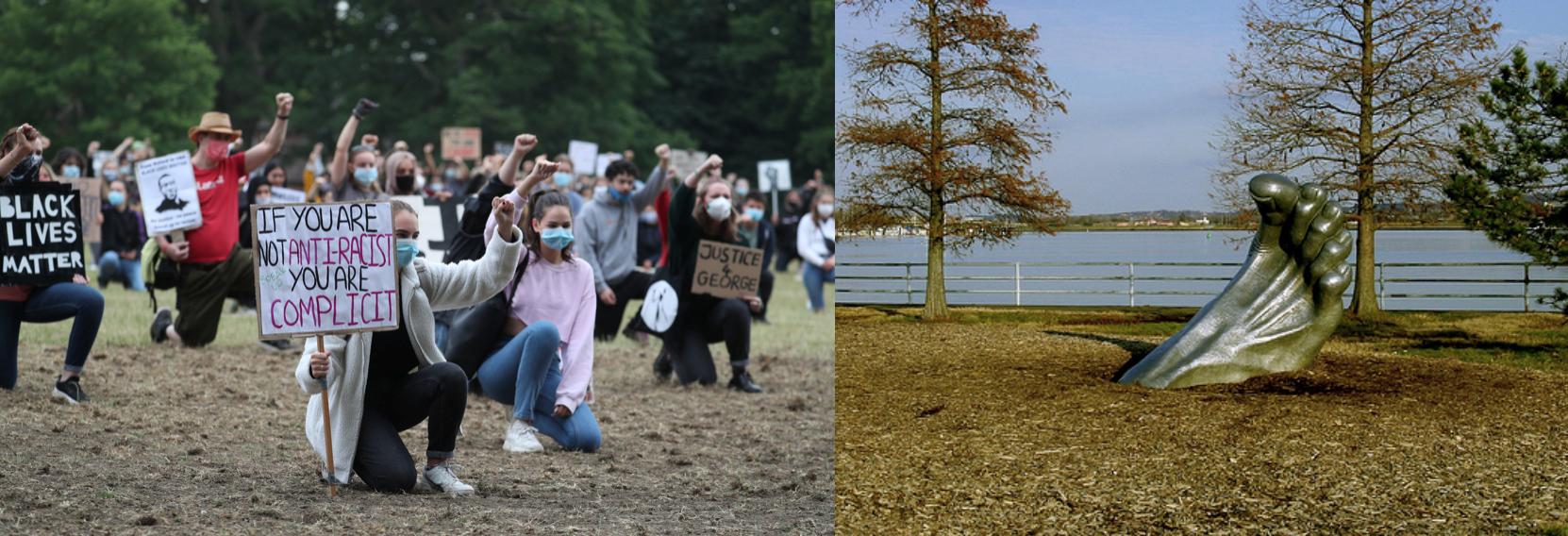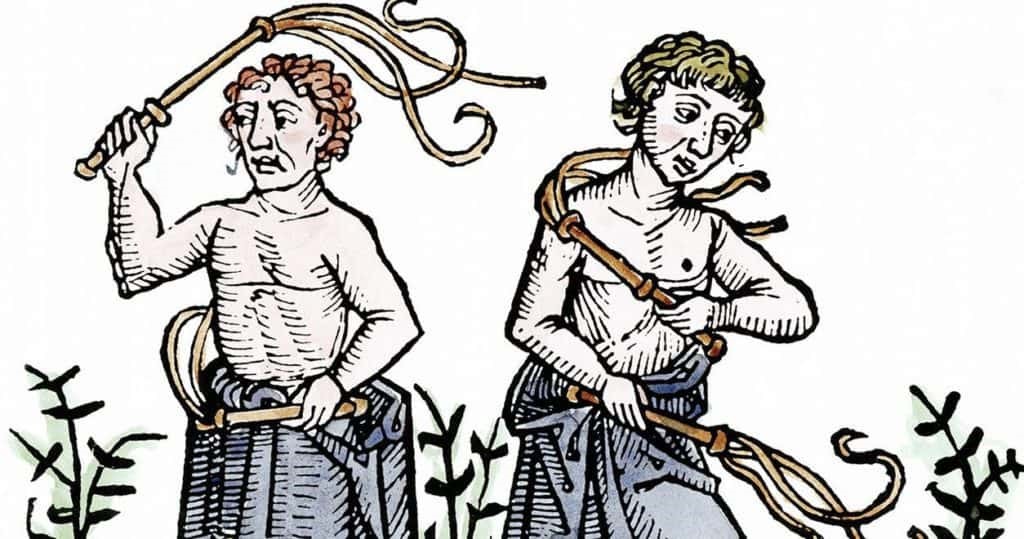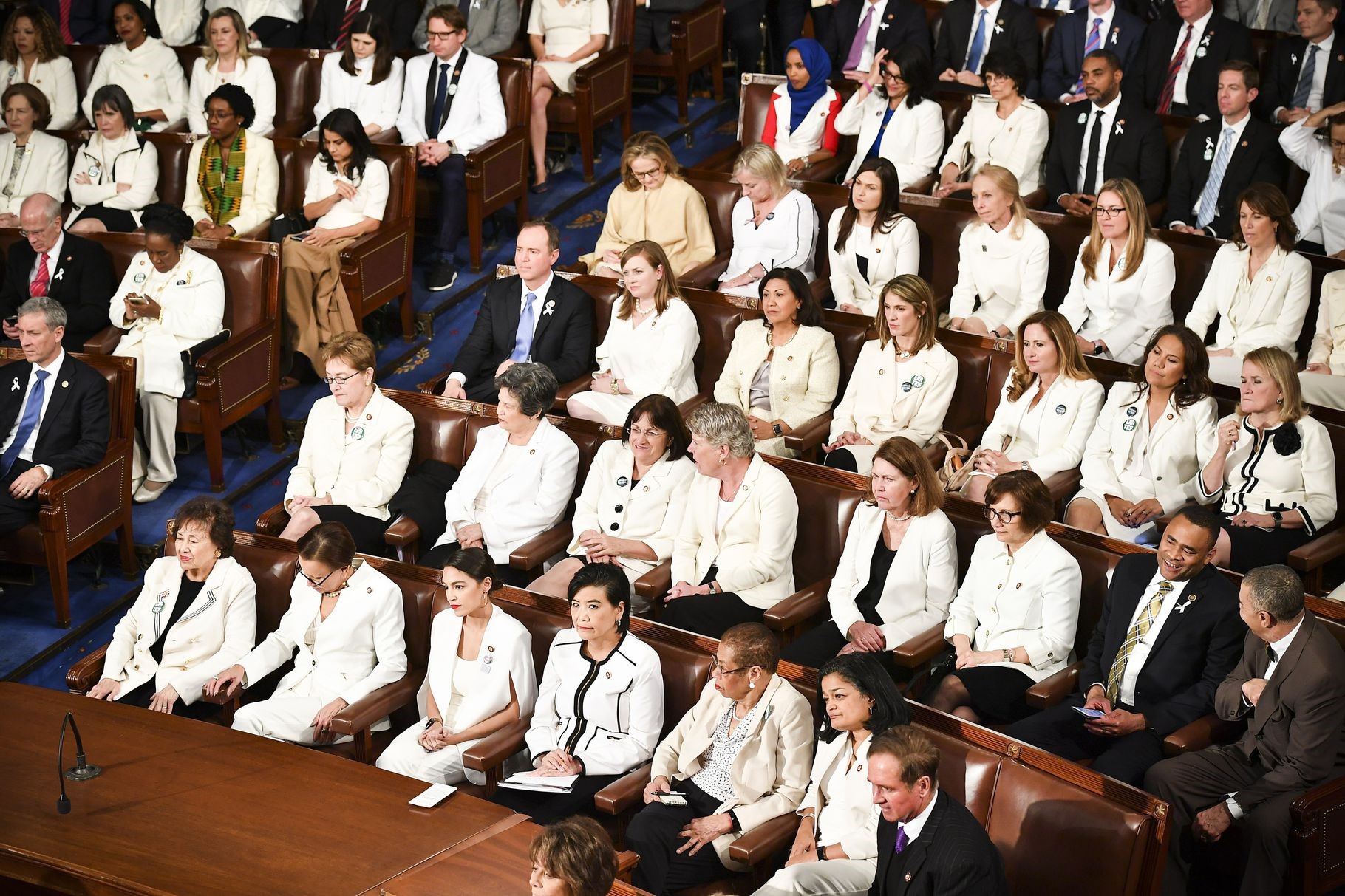On Getting Control in Your Life
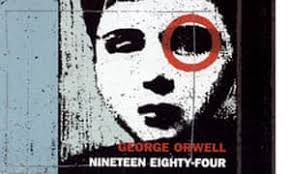
“Who controls the past controls the future; who controls the present controls the past.”
This writing begins with a meditation on the quote above, the slogan of the authoritarian, repressive Party in George Orwell’s dystopian novel, Nineteen Eighty-Four, often referred to as 1984, published in 1949. I’ll let the process take me wherever it does. I’m not working from an outline.
The word “control” is used four times in the 1984 quote, so it makes sense to define it for the purposes of this exploration.
In this context, control denotes an outcome, or influence. You have control of something when you make things different than they were before in ways you favor, and only then. You aren’t in control just because you have the top job and can call the shots, and have everything thought out and have your plans all drawn up and can marshal sound and persuasive arguments for what you want to happen. You’re in control when you actually get the results you seek: in the way people think and behave, in the way things operate. By this definition, if you didn’t alter the world, you didn’t control it. You may be an informed and insightful and wise person, and dedicated and hard-working and articulate and courageous and morally upright, and have the very best intentions, but, as they say in sports, you have to put numbers on the board—hit home runs and strike people out—actually produce, to be in control.
Looking at control as a tangible outcome surfaces three other considerations: power, authority, and intention. Put together in the right way, these three phenomena produce control.
Power has to do with capability, skill. You have the personal wherewithal to get the controlling job done. You’re smart enough, you know enough, you are strategic enough, you’re healthy enough, you’re diligent enough, and you’re resilient enough to make things happen. You have the ability to hit home runs. That’s not to say you will hit home runs—control something—but you are capable of it, you have the potential. (Writing that last sentence, I was reminded of what a college football coach told me when I was doing research on successful coaches in my university work. “Potential,” he confided, “is what I lose with.”)
Authority gets at being in a position, or slot, where you have the green light to make what you want to happen actually occur. You might be able to chatter away cleverly on social media all day long, but if you aren’t in a place in the scheme of things where people have to take you seriously, your only move might be to heat up a frozen pizza and play “Call of Duty” until bedtime.
Intention has to do with no-kidding commitment, resolve. Intention is a way of experiencing your mind and body with regard to accomplishing something so that it’s not just a good idea or goal or hope. It’s something that, dammit, I WILL GET DONE! I’m not omnipotent, but if I don’t get the results I’m going for, it’s not going to be for a lack of trying. I’m giving this everything I’ve got. I intend to make this picture in my head a concrete reality.
How about, right now, taking stock of yourself. With reference to race, the focus of this magazine, and everything else in your life, how are you doing?
What do you control? Name it.
How powerful—capable, strong, effective—are you?
How much authority do you have; what are you mandated to make happen?
What do you, for real, intend to accomplish right now?
* * *
The opposite of anything worth our attention is invariably also worth our attention. Similarly, the opposite of anything of value is very likely also of value. (If you are interested in this kind of thing, I’m working with the Jungian—psychologist Carl Jung—concept of enantiodromia.) In this case, looking at public control (society, culture, politics, history), which is the focus of Orwell’s book, should remind us to look at private control (health, work, relationships, fulfilment, happiness). The public and private are complementary, interactive concerns; each affects the other. What is going on around public control has an impact on what is going on with private control, and vice versa. As we consider how the “Party” in our time controls public realities, let’s keep in mind that, right now, you and I are controlling, or failing to control, ourselves and our circumstances, and that those are not independent, mutually exclusive, occurrences. All to say, if you want to control the larger world, one way to go about that is to achieve control in your smaller, personal world.
I’ll add a moral standard to the idea of control. It not just getting any things done, it’s getting good things done—worthwhile things, decent things. Now in old age, I can attest to the fact that there’s a time in your life when you are aware that it’s the end and you ask and answer the question, what good did I accomplish in my life? Depending on the answer to that question, you either experience gratification and peace or despair and regret.
In 1984, the Party depicted the past—history—in a way that supported its current goals and programs. The Party knew that if the past is viewed by the citizenry as idyllic and inspirational, it will support efforts that continue and build upon it. If, alternatively, the past is considered nightmarish and evil, people will seek to create new, better circumstances. The Party portrayed the past as a time of misery and slavery and injustice, and since it was all people heard, it became the accepted Truth. The Party effectively sold itself as the force that would rectify those historical injustices, and people deferred to it and felt compelled to support its programs. Sound familiar?
Is there a real-life counterpart to the fictional Party in America in 2020? (I’m a culture-bound American. I’ll let non-Americans judge whether anything I write has applicability to their circumstance.) Yes, there is. It’s people who in one way or another are in the communication business: they get facts and ideas and values and images across to the masses. I’m thinking of people in news and entertainment, politicians, educators at all levels, prominent internet figures, clergy, and the owners and managers of companies like YouTube, Twitter, Facebook, and Google. To understand control, you need to take into account who’s doing the talking (broadly defined) in the main arena of the society and culture and who’s stopping people from talking.
What kind of talk are the talkers talking? Basically, they are telling stories; another way to put it, they are setting out narratives. A story, or narrative, says this happened and then this happened and then this happened, and this is what the story is all about.
An example:
In 2014, an 18-year-old black Ferguson, Missouri resident, Michael Brown, was shot and killed by white police officer Darren Wilson. It was national headline news for months. The consensus perception was that this was a racist cop-killing of a young innocent black.
However, on November 24th of that year, a grand jury chose not to indict Officer Wilson. The evidence and testimony the grand jury had reviewed in the process of coming to its decision was released to the public. It put Brown in a very unfavorable light: riveting testimony from Wilson describing his struggle with a 6’4’’, 280-pound assailant bent on killing him; pictures of Wilson’s facial bruises from Brown’s punches; evidence of marihuana in Brown’s blood and urine, which could have caused impairment in his judgment; the incompatibility of the forensic evidence with eye witness accounts that had played time and again in media reports describing Brown being shot in the back by Wilson or with his hands up attempting to surrender, along with eye witness accounts that squared point-by-point with both the forensic evidence and Wilson’s version of what had occurred.
The grand jury’s finding and the newly-released evidence had no impact—zero—on the those who had decided early on that this was an instance of racially motivated police misconduct and part of the larger problem of racial injustice in America. These people didn’t speak to this new information, they didn’t refute it or explain it away, and they certainly didn’t incorporate it into how they looked at the case. The talking heads on CNN and the writers in The New York Times never missed a beat: racism! Rioting and looting erupted in cities across the U.S.
What accounted for this phenomenon? I’ve decided that a big part of the answer to that question was the way people come to know things. The word for that process is epistemology.
There are three main epistemologies.
One is to draw conclusions based on concrete reality: what’s right in front of you, what you can discern with your senses, and from detailed accounts of what others have discerned with their senses. It could be called the empirical, or scientific, method of coming to the truth about something.
Another way of knowing is to use your mind: to carefully consider various positions and arguments and employ reason and logic to come to conclusions about what is true.
The third epistemology is to understand and reach conclusions on the basis of how something fits into a narrative, or story, you have accepted as a valid one. This epistemology, I believe, was operative in the people who ignored the facts of the Michael Brown case. They plugged what happened in Ferguson into a story that had been told them by the talkers.
The story went like this: From the earliest days of America, black people have been oppressed by white people. A big part of that oppression has been the discriminatory and abusive conduct of racist white police officers in urban black communities, especially toward young black men. It’s a huge problem in this country and something has to be done about it.
A simple story, or tale–no complications, no ambiguities, easy to understand. Something comes up, say a cop-killing in Missouri. What does it mean, you ask yourself? Where does it fit in the scheme of things? What went on down there in Missouri? What should be done about it? The story answers all that for you in a flash. You’ve got it wired.
Narrative-based epistemologies serve some people’s interests very well. If reality and logic don’t make your case, a story might do the job. Let’s say you want to explain black pathologies as coming from something other than their own limitations. Or MSNBC signs your checks. Or you’re a politician with a large liberal or black constituency. Or you want to put on display the one skill you’ve got going for you, running wild and destroying and stealing and setting fire to what other people have created, and get attention and praise to boot. There is nothing that goes on in the world, including a plague—like the one we’re supposedly having right now—that doesn’t scratch somebody’s back.
Also, narratives don’t require any heavy lifting. Mucking around in reality and working things through in your mind can get complicated and confusing and turn up qualifications and contingencies, and that can lead to uncertainty, and that can be unpleasant Poring over grand jury records or reading books and thinking things through from this angle and this other one can give you a headache and insomnia. Who needs all that work? Better to fit what happened into a story and get on with eating dinner and watching HBO. After spending a career studying human behavior as a university academic, I regret to have to report that much of human behavior can be attributed to laziness. Narratives are a gift to the lazy.
Another upside of narratives is that if you buy into the currently fashionable ones, life goes smoothly for you. You will be considered in the know and one of the heroes in life’s drama, and that’ll make you feel good about yourself. People will like you and want you around. You’ll get good grades and recommendations and awards and jobs and promotions, and romantic interests will invite you to stay a while to “talk” at the end of the evening.
Of course, the obvious parallel to the Michael Brown incident six years ago as this is written is the death in Minneapolis of George Floyd while in the custody of police. Déjà vu all over again. Plug the incident into the narrative and let the ranting and finger-pointing and rioting begin. My daughter is a sophomore in high school on the west coast. Shortly after the Floyd incident came an oh-so-sincere, pedantic email message from the principal of her school addressed to parents and students deploring the tragic death of George Floyd “and countless others at the hands of the police,” and the “systematic racism that exists in this country.” This woman knew for a fact what went on 1,500 miles away in Minneapolis and what is going on generally from coast to coast. I strongly suspect that what she knew about the “countlessness” of that incident and systematic racism (another airy, vague story we’ve all had drilled into us), as my mother use to say, you could put in your eye. Even though I’m sure she didn’t realize it, she was reciting stories she had been told. Something else I am sad to report is that it is next to impossible to overstate the gullibility and malleability of the mass public.
On the other hand, my daughter’s principal still has a job. The high school principal in Windsor, Vermont, the state where I live, dared to contradict the Black Lives Matters story (saints, all of them). She wrote a social media post criticizing the “coercive behavior” of Black Lives Matter activists. She expressed her opinion that people shouldn’t be “made to choose the black race over the human race.” Her school board immediately—as in knee jerk—called her “ignorant and prejudiced” and put her on leave and—speaking of coercion—said they would get rid of her permanently. Never kid yourself that agreeing with today’s Party stories is an option. Freedom of speech, you say? Due process, you say? Come on.
* * *
So, what follows from what I’ve laid out so far? A lot of things obviously. I’ve chosen in the space I have available here to focus my attention on you sitting there reading this right now. You. With the ideal of living a life characterized by a reasonable amount of control over yourself and your world as the frame of reference, I’ll offer some advice for your consideration. Realistically, if you are young you will be better able to make use of it than if you are old. As life goes along, our energy and options steadily diminish. At some point, they become all but non-existent, and at some point, we become completely non-existent. But however old you are, you still have some time left. See if anything I offer is helpful in spending it wisely and well.
As I think about it, that’s my first observation or piece of advice: the only currency that really matters in life is time. You and I have just so much of it. We “spend” it however we do, and it is never replenished, and someday—we’re not certain when—it runs out. Life comes down to how we spend our allotted time. The challenge is to spend it judiciously and not get to the end of our lives with the painful realization that so many old people have to live with: “I’ve wasted my life.”
The second piece of advice: develop what Ernest Hemingway called “a built-in, shockproof, shit detector.” This writing has focused on stories that people use to control other people. The obvious point in that explication was that one way to control the world is get yourself in a position—like behind a university lectern–to tell compelling, easy-to-understand stories. But there’s that “the opposite of a good thing is also a good thing” idea to keep in mind: one way to get control in your life is to become effective at critically analyzing the stories coming at you. An inelegant way to put it, à la Hemingway, get good at detecting shit. And give no story’s, no story-teller’s, shit a pass. It’s easy enough to detect the shit in the “racist police” narrative. But look for shit on this site too, including in what you are getting from me right now. Most often, the spreaders of shit think they are spewing daisies, but it can still be shit–or probably more accurately, daisies with a lot of shit mixed in.
Distinguish between being inside and outside in society. By inside, I mean you are part of the action, you’re doing it, not watching it and commenting on it. You’re not over in on the side complaining or amusing yourself or hurting yourself or waiting around hoping somebody will make it all better for you. By inside, I don’t just mean you are in news and entertainment or a politician or an educator or writer, as it may have come across in the first section. To me, you’re inside if you are a skilled electrician or own a successful Ford dealership or do a good job of selling cars, or are a committed doctor or a nurse, or effectively manage a McDonald’s franchise, or are a dedicated parent. My advice is to do what you can to get on the inside. That’s where the control is. That’s where the self-respect and gratification and happiness are
In this highly politicized, cancel culture, don’t set yourself up for demonization and marginalization and exclusion. Be savvy. Watch what you say on the internet and social media or in an email; if you wouldn’t welcome it being the headline in the newspaper, keep it to yourself. Be extremely careful how you identify yourself. There are people around who themselves keep their identities hidden telling you to go public as a far right-winger; it’ll be great, they say. It makes me cringe. Look at the fates of people who have gone that route—trashed, fired, relegated to pariah status, on the outside looking in for the rest of their lives.
Play the game that’s on the table. And what’s the game? Hard work. Personal responsibility. Good grades. Degrees. Credentials. Positive recommendations. Being respectful and kind to people. A track record of busting your behind to do the job—any job—you been assigned the very best you can. No scandals. My life has brought me into contact with Asians and it’s been eye-opening for me. They don’t whine or feel sorry for themselves or march with banners or ask anybody for special favors. They couldn’t care less what you call them; they know damn well who they are, and they are not inferior to you. They aren’t cynics or wise-asses. They are sincere and focused on getting good things done and feeling good about themselves as a consequence. They use family and mutual aid and schooling and they get degrees in fields that pay good money, and they look out for their wives and children. As far as I’m concerned, there’s more to be learned from them than Lil Wayne.
Hone your instrument. Your instrument is your body and mind and personal character. I came out of poverty and a tough home situation. I realized that I was coming from way back in society and that if I was going to make something out of my life, I had to be like a boxer in training for the big fight. I couldn’t afford to bring myself down even one degree with drugs and alcohol. In my day it wasn’t opioids, but you wouldn’t have had to save me from that scourge. It doesn’t take a genius—which for sure is not me—to see that one thing leads to another in life. I had a job as a janitor and I was there clear-eyed with my hair combed earlier in the morning than I had to be and swept the hell out of those floors. One of the best memories I have in my long life is when I was told that I did a really good job cleaning a very dirty recreation room I had been assigned to clean; I used that as a foundation to move forward and upward. I had trouble looking at people and I was shaky and put myself down and I didn’t pronounce words properly. I worked on it. I practiced looking at people by maintaining eye contact with the newscasters on television, and I practiced speaking as they did. When I was around people, I silently reminded myself to be “calm, confident, in charge.” I noticed that people who made it in life didn’t numb themselves out with television and watching strangers play with a ball (now it’s video games). They did things—they read good books, they hunted and fished and hiked, they worked in the garden. All of that—I mean it—helped give me get control in my life.
Work on being intentional. Have intentions you can put into words and imagine in your mind’s eye being realized. Keep commitments you make to yourself. When you say you are going to do something, do it. Don’t let reasons and excuses replace results. You learn anything by practicing, and it doesn’t have to be something big. If you say you’re getting up at six tomorrow morning, you’re up at six. Small successes lead to big successes; see the connection.
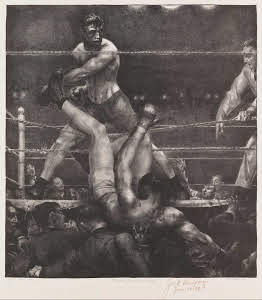 Become like a top-rank boxer. I assume you are reading this magazine because you care about the fate of white people. If you’re going to make anything of consequence happen in this area, be in control of anything in this area, you’re going to have to become a ring warrior. I did boxing writing in my younger years and was around top boxers. They were in super condition. They were tough as leather and could take a punch. They didn’t just cover up and stay on the defense. They counterpunched, viciously. They went on the attack full-out, nothing held back, and they took your head off. They were battered and scarred, but they were proud and honorable men.
Become like a top-rank boxer. I assume you are reading this magazine because you care about the fate of white people. If you’re going to make anything of consequence happen in this area, be in control of anything in this area, you’re going to have to become a ring warrior. I did boxing writing in my younger years and was around top boxers. They were in super condition. They were tough as leather and could take a punch. They didn’t just cover up and stay on the defense. They counterpunched, viciously. They went on the attack full-out, nothing held back, and they took your head off. They were battered and scarred, but they were proud and honorable men.


